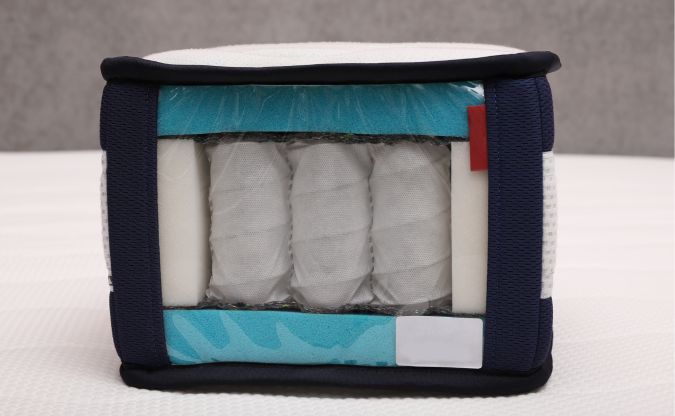If you’re renovating, clearing out, or having a general tidy-up, hiring a skip is one of the easiest ways to get rid of unwanted waste.
But what about mattresses? Can they go in a skip? The short answer is: sometimes, but it depends on your skip hire provider — and it’s rarely straightforward.
Most companies either prohibit mattresses entirely or charge extra (£15–£30 per item) due to the specialised recycling and handling they require. Here’s everything you need to know.
Why Can’t You Just Throw a Mattress in a Skip?
Mattresses are bulky and made from several different materials — all of which make disposal more complicated than with regular household waste. Skip companies often place restrictions on mattress disposal for the following reasons:
1. Specialised Recycling Requirements
Mattresses aren’t made from one single material. They typically contain foam, metal springs, fabric, and padding, all of which must be separated and processed individually. This requires specific recycling facilities and procedures, which many skip providers outsource — hence the extra cost.
2. Size and Bulk
Mattresses are large and difficult to handle, especially once they’re inside a skip alongside other materials. They also take up a lot of space, reducing the skip’s overall capacity and making transport and sorting more difficult.
3. Additional Charges or Restrictions
Because of the above challenges, many skip companies either don’t accept mattresses at all or charge an additional disposal fee, typically ranging from £15 to £30 per mattress (depending on its size). This fee covers the labour and cost involved in dismantling and recycling the materials responsibly.
Alternatives to Putting a Mattress in a Skip
If your skip provider won’t take your mattress — or the additional fee is too high — you still have several good options.
1. Ask Your Local Council
Many councils offer bulky waste collection services for a fee, typically ranging from £20–£60, depending on your location. These services are often more affordable than hiring a skip and ensure your mattress is handled by an approved waste collector.
However, collections are usually limited to 1–3 items and waiting times can be up to 4 weeks, particularly in areas like London. Check your local council’s website to book a collection or see if free options are available.
2. Use a Recycling Centre
Some household waste and recycling centres (HWRCs) accept mattresses for recycling. Be sure to check your local centre’s rules in advance — some may only accept mattresses on specific days or require a permit for larger vehicles.
3. Donate to Charity
If your mattress is clean and in good condition, consider donating it. Many UK charities, such as the British Heart Foundation, Salvation Army, and Red Cross, accept furniture donations and even offer free collection. If you need to replace your old duvet, check out our list of 5 charities that accept old duvets.
4. Use a Specialist Mattress Collection Service
Several private companies offer dedicated mattress removal and recycling services, with fees around £20-£40. These services are designed to divert mattresses from landfill by dismantling them and recycling as much material as possible.
Can You Put Any Type of Mattress in a Skip?
In most cases, standard mattresses are accepted by skip providers that allow them — but always check before loading one into the skip. Some companies have stricter rules depending on the materials or the size of the mattress. For example, if you have a single size mattress it’s generally easier to dispose of than a super king or emperor size mattress.
If you’re also disposing of the bed frame, most providers will accept it as part of your general waste. Bed frames made of metal or wood can usually go straight into the skip without issue.
What Happens to a Mattress After Collection?
A responsible waste provider will not simply send your mattress to landfill. Instead, it will be broken down into its components:

- Metal springs are sent to a metal recycling plant and melted down for reuse.
- Foam is cleaned and turned into underlay for carpets or sent to waste-to-energy facilities.
- Textile fillings can be reused in the manufacture of cushions or insulation.
- Mattress covers and low-grade fabric are often harder to recycle and may be processed through energy recovery rather than traditional recycling.
In summary, mattresses can sometimes go in a skip, but it usually comes with extra cost and conditions. If that’s not practical, explore council collections, recycling centres, or charity donations to dispose of your mattress responsibly and sustainably.
